Home Schools Grow With New Funding Streams
Key Points
-
At-home schools are growing in popularity, often attracting students from miles away and resulting in waiting lists.
-
Thirteen states have an education savings account program and more states are adding school choice options.
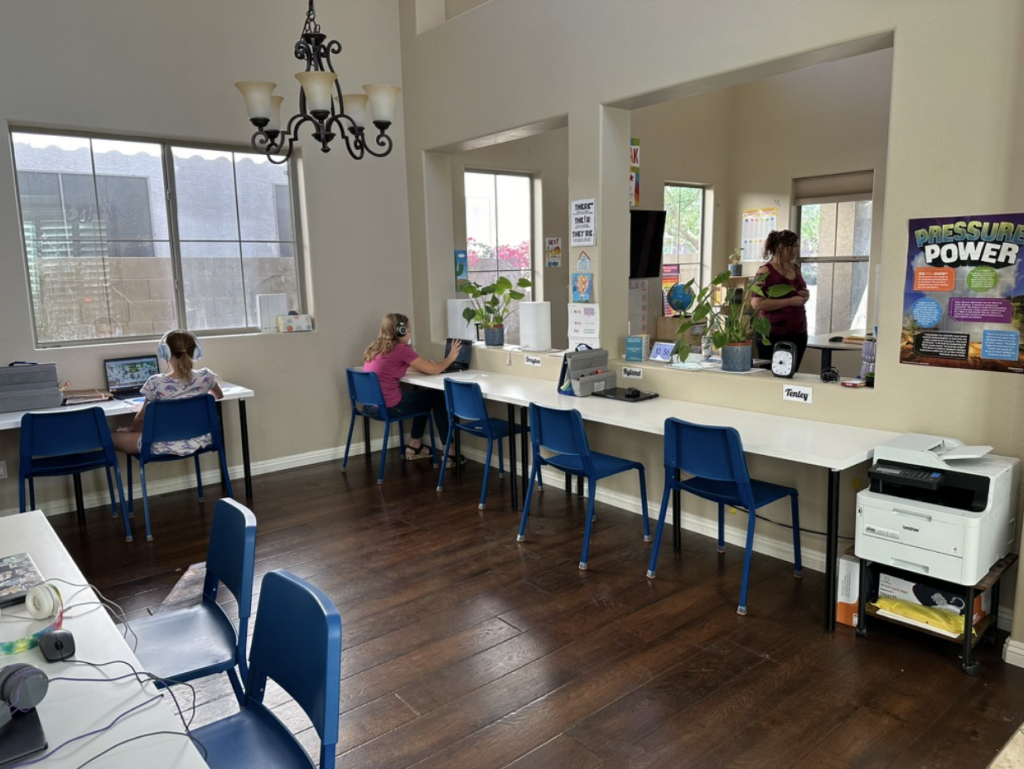
The dining room is a learning lab, the living room is a classroom, and the backyard is a playground. Amy’s Anthem home is also a school. High Point Academy serves 11 students aged 6-14 and features “a hands on project-based learning approach that fosters real world problem solving and critical thinking.”
Amy provides a safe nurturing space for kids. “I treat them like my own,” she said about her students. She leverages local outdoor spaces and works with families on flexible attendance plans.
Rachel’s Peoria home is also Integrative Learning Academy, a private nonprofit Christian school serving 20 neurodiverse learners (half with identified special needs) including four of her own. Four days a week, the whole first floor is devoted to the school. Smaller rooms (what were bedrooms and an office) are where occupational and speech therapists work with students.
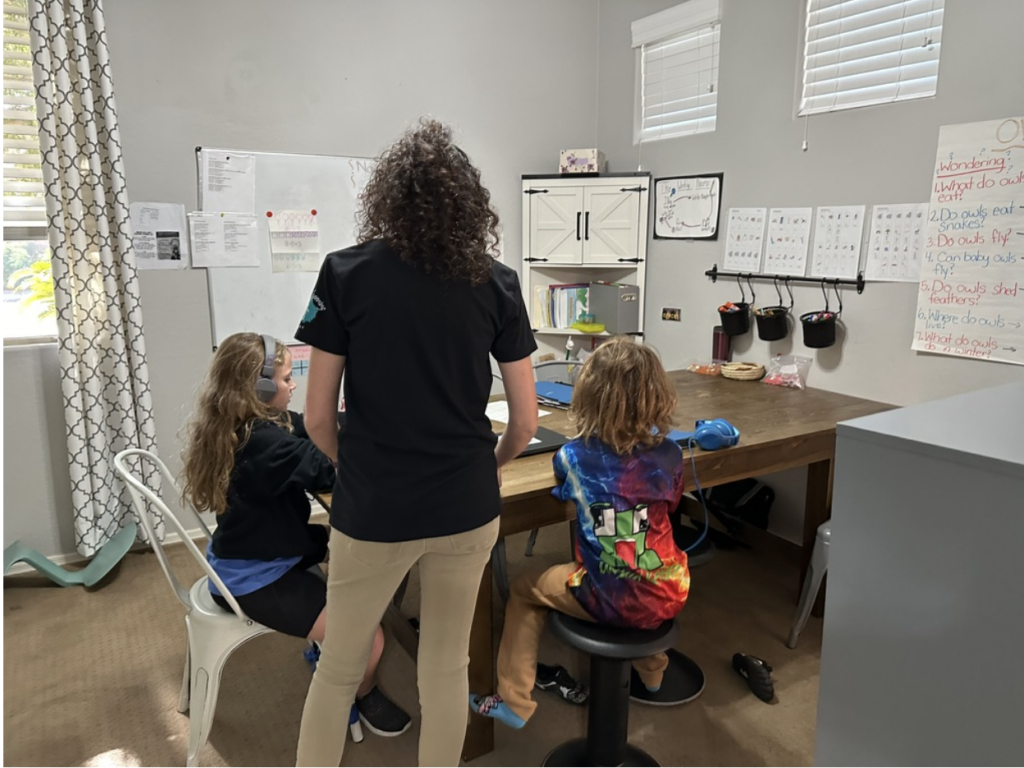
Amy and Rachel started home-based schools in 2019 with Prenda, a venture-backed startup that enrolled microschool students in an online charter school. (See podcast with Prenda founder Kelly Smith.)
Both schools now operate independently drawing from a variety of instructional resources to develop personalized pathways for each student. The $7,000 Arizona Empowerment Scholarship Account pays for most of the tuition. Extended time and special services are extra. Some students are from the neighborhood but others travel 30 minutes because families appreciate the programming and environment. Both schools offer what appear to be well-structured personalized pathways. Both schools rely on word-of-mouth referrals and have a waiting list.
Don Soifer, CEO of the National Microschooling Center, recently led tours of these and other Phoenix area ESA-funded microschools. Most were home-based schools while others were located in retail and commercial spaces.
Soifer’s team connects interested families to microschool providers including Acton Academy, KaiPod, Prenda, and Wildflower (also see ASU Prep resources). They also help home school operators like Amy and Rachel with training, tools and resources.
Expanding Options for Learning at Home
About 3.5 million K-12 students learn at home in the US (about 6% of total students). A growing number of home-based schools serve learners from multiple families in a variety of arrangements.
There are about 3 million homeschooled students in the US. Some of them participate in cooperative structures with other homeschool families at least part-time in an informal microschool many of them home-based.
More than 500,000 students attend virtual schools (mostly charter, some school district, and a few private) and many engage in cooperative structures with other families in homes as well as community sites. One national provider reported that a third of students benefited from cooperative arrangements during the pandemic.
The education of more than 100,000 students is paid for via state vouchers and education savings account programs (70,000 in Arizona). Most of these students use the funding to attend private schools and a growing number are home-based schools.
In 2023, 20 states expanded school choice. Thirteen states have an education savings account program. Five states — Arkansas, Florida, Iowa, Utah and West Virginia — followed Arizona’s lead in granting eligibility to 100% of students but Arizona’s remains the least restrictive with no requirements for accreditation, approval, licensing or registration of private schools.
More than half of ESA funding in Arizona is subsidizing private school tuition for students previously enrolled in private schools. The ESA program director estimated that 40% of students in ESAs this year came from public schools. Most switched to existing private schools. A few joined (or were part of forming) home-based schools like those featured above.
Put simply, a growing number of students are learning in homes — more than the 3.2 million students that attend brick-and-mortar charter schools. Beyond individual families choosing homeschooling, there are a variety of home-based learning arrangements that range from informal to formal:
- Cooperative arrangements of several homeschool families with shared custodial responsibilities;
- Cooperative arrangements of virtual public school families (charter and district-operated);
- Private schools (LLCs or nonprofits) that charge tuition and, in some cases, partially or fully offset by vouchers or education savings accounts.
All of these could be considered home-based microschools but learners might be registered by the state as homeschoolers, public school students or private school students.
More Microschools
New microschools — whether home-based, community spaces, or school-within-a-school — create opportunities to test new learning models, expand supportive options, and extend access to new pathways.
Getting Smart Collective just announced the first round of grants for new microschools. These grantees represent different academic models, governance models, and funding models. Changing times call for new learning priorities, new learning experiences, and new schools.


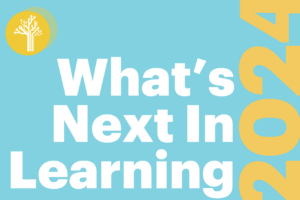
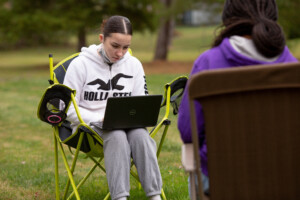
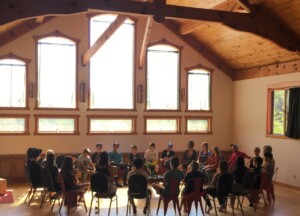
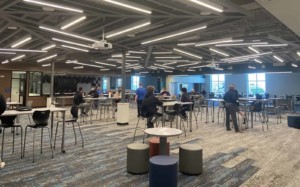
0 Comments
Leave a Comment
Your email address will not be published. All fields are required.